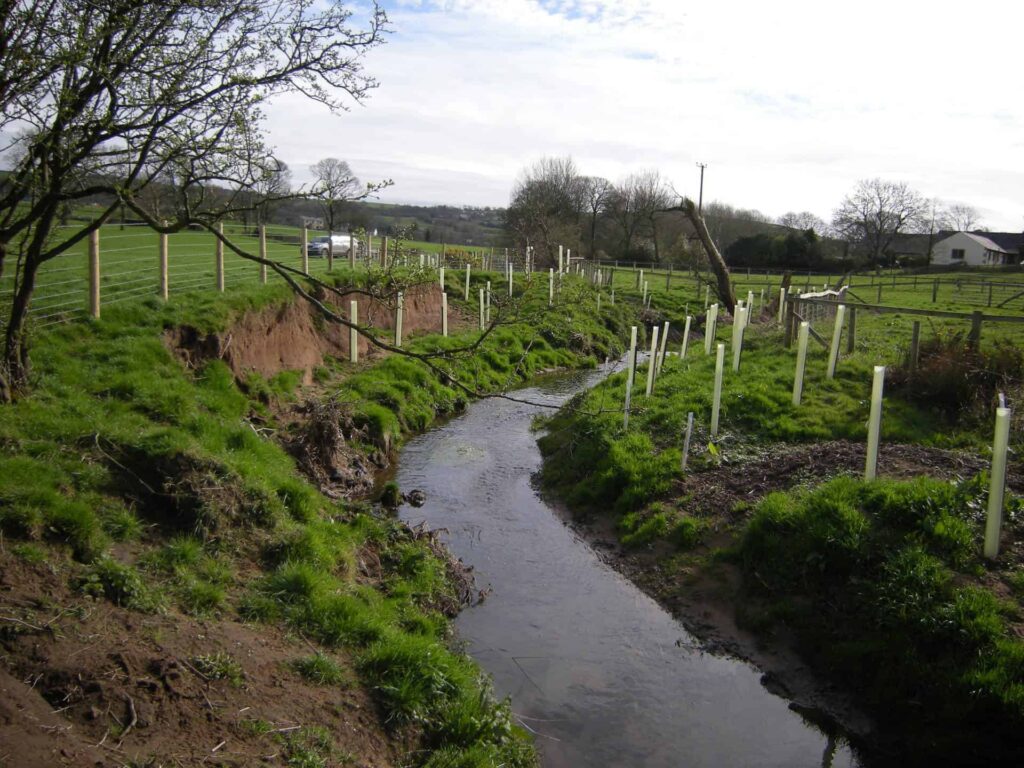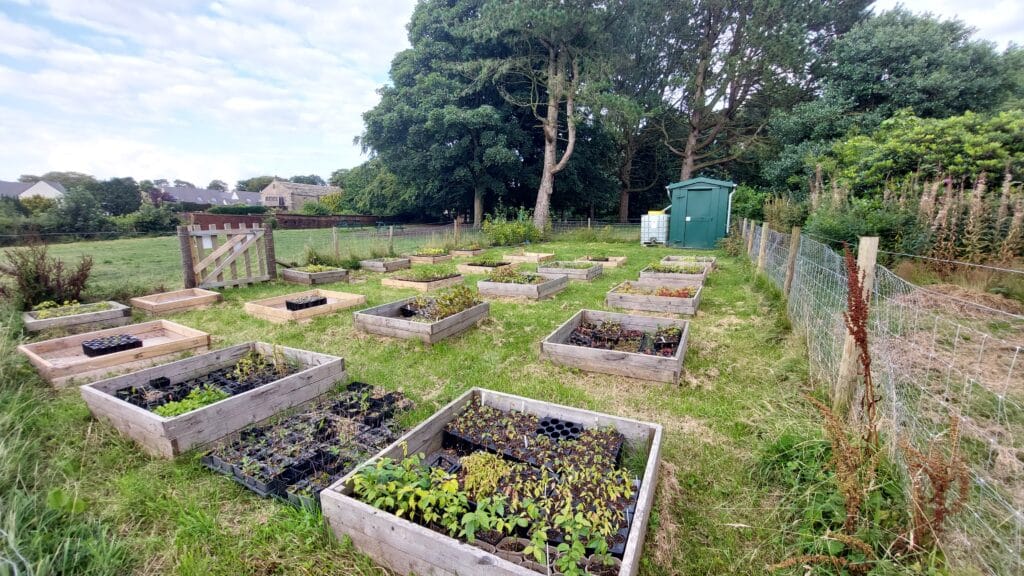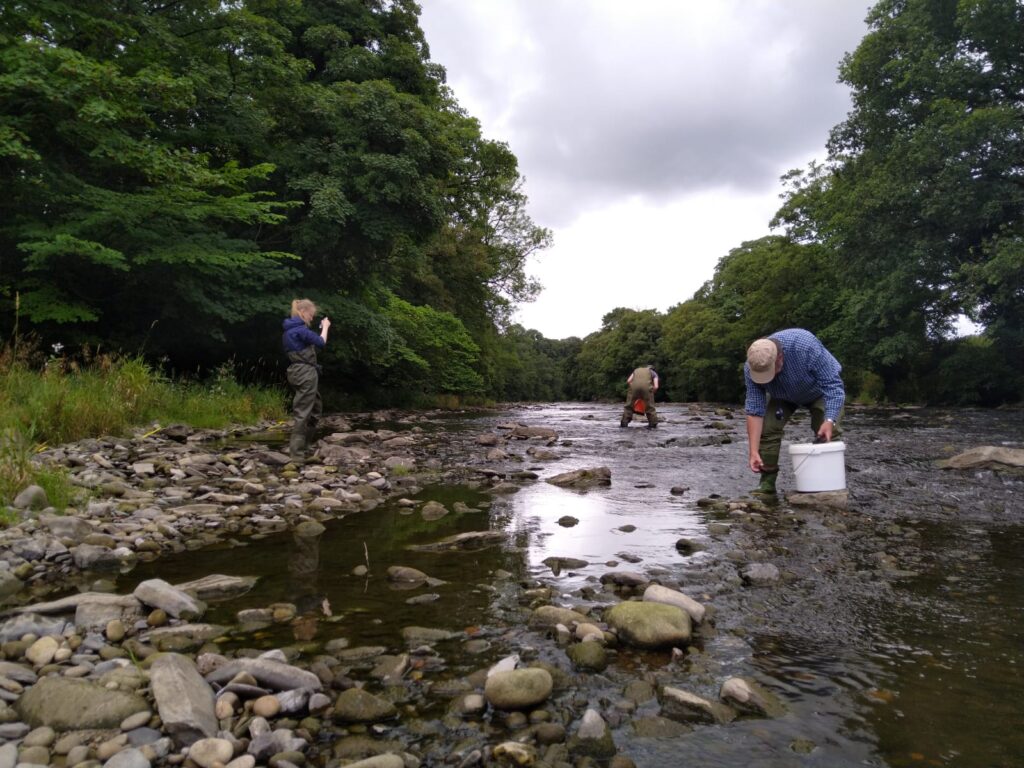
volunteering
volunteer with ribble rivers trust
Our team of Ribble Rivers Trust conservation volunteers are incredibly important to us. These River Heroes provide the people power we need to help deliver our projects, and they’re the eyes and ears of this vast area!
With over 3,114 miles of rivers and streams in the catchment we have a huge area to work on. But it also means we have opportunities from Ribblehead to the Ribble estuary, and everywhere between! Plus, with such a wide variety of projects and activities, we’re guaranteed to have something to suit everyone.
Of course, the Ribble Rivers Trust team are environmental professionals. So, you can rest assured that you’re in safe hands when you volunteer with us. All tools, PPE, and necessary training is provided by us. All our activities are fully insured, our staff are highly trained, and we’re always on hand to help wherever we’re needed. If you’d like more advice on volunteering you can visit gov.uk.
We can’t be everywhere at once. But, with a dedicated team of conservation volunteers on the ground, we can get pretty close!
Why join the conservation volunteers?
The rivers of the United Kingdom are an integral part of our natural heritage. They provide us with freshwater for our daily needs, support a variety of aquatic life, and create beautiful natural habitats that we can all enjoy. However, despite their importance, our rivers are facing serious threats from pollution, climate change, and other human activities. That’s why we need your help to protect and conserve our local rivers by becoming a volunteer!
Volunteering is a powerful way to make a difference in your community. By giving your time and skills, you can help to protect and conserve the environment, support local wildlife, and make a positive impact on the world around you. And when it comes to protecting our rivers, conservation volunteers are more important than ever.
Not only will volunteering help to protect and conserve our rivers, but it can also have a positive impact on your own life. Volunteering can be a great way to meet new people, learn new skills, and gain valuable experience that can help you in your personal and professional life. It can also be a rewarding and fulfilling experience to know that you are making a difference in your community and helping to create a better world for future generations.
What do conservation volunteers do?

Tree and hedge planting
It’s a fact, trees are amazing! That’s why we plant so many of them. Each year we plant tens of thousands of trees, helping to boost biodiversity, provide habitats, capture carbon, shade rivers, filter pollution, reduce flood risk, and stabilise riverbanks. No wonder tree planting is our most popular volunteer activity!
Fencing
Fencing and tree planting often go hand in hand. Putting up fences along riverbanks helps the trees we plant, and the associated ground flora, to flourish. Fencing also improves the water quality of our rives by preventing pollution from animals (I.e. poo), and prevents erosion and soil loss.


Brash bundling
Brash bundling is a really great team activity. It involves sinking posts into the riverbed, then filling the gap between the new posts and the riverbank with brash from fallen trees, willow cuttings, or Christmas trees. This quickly fills with silt, not only preventing further riverbank erosion, but also helping build the riverbank back up.
Clean ups
This activity needs no explanation. Plastic pollution is a serious problem. Whilst often talked about in the terms of ocean plastic, river plastic is a serious problem too. Every year we get help from hundreds of volunteers who come together to keep our catchment clean, in a few hours a heavily littered area can be transformed.


Invasive species control
Our catchments biggest invasive problem is Himalayan balsam. This invasive menace colonises river banks, preventing the growth of native plants. Luckily pulling balsam is satisfying, and pretty fun too! Like clean ups the transformation takes just a few hours. It’s great to see the instant improvements you have helped to make.
Tree nurseries
Our tree nurseries are helping us to grow native trees for our woodlands. Each nursery has been upgraded using as much reclaimed materials as possible such as small growing beds made of pallet wood. Our lovely volunteers will be helping us to nurture these seeds into mighty oaks (and other species!).


Citizen science
Ribble Trust are lucky enough to have teams of volunteers who collect data on barriers, bats, habitats, otters and riverflies to help us direct our conservation work. These dedicated volunteers often work alone in the field and fit their tasks around their daily life. See the citizen science page for more information.

